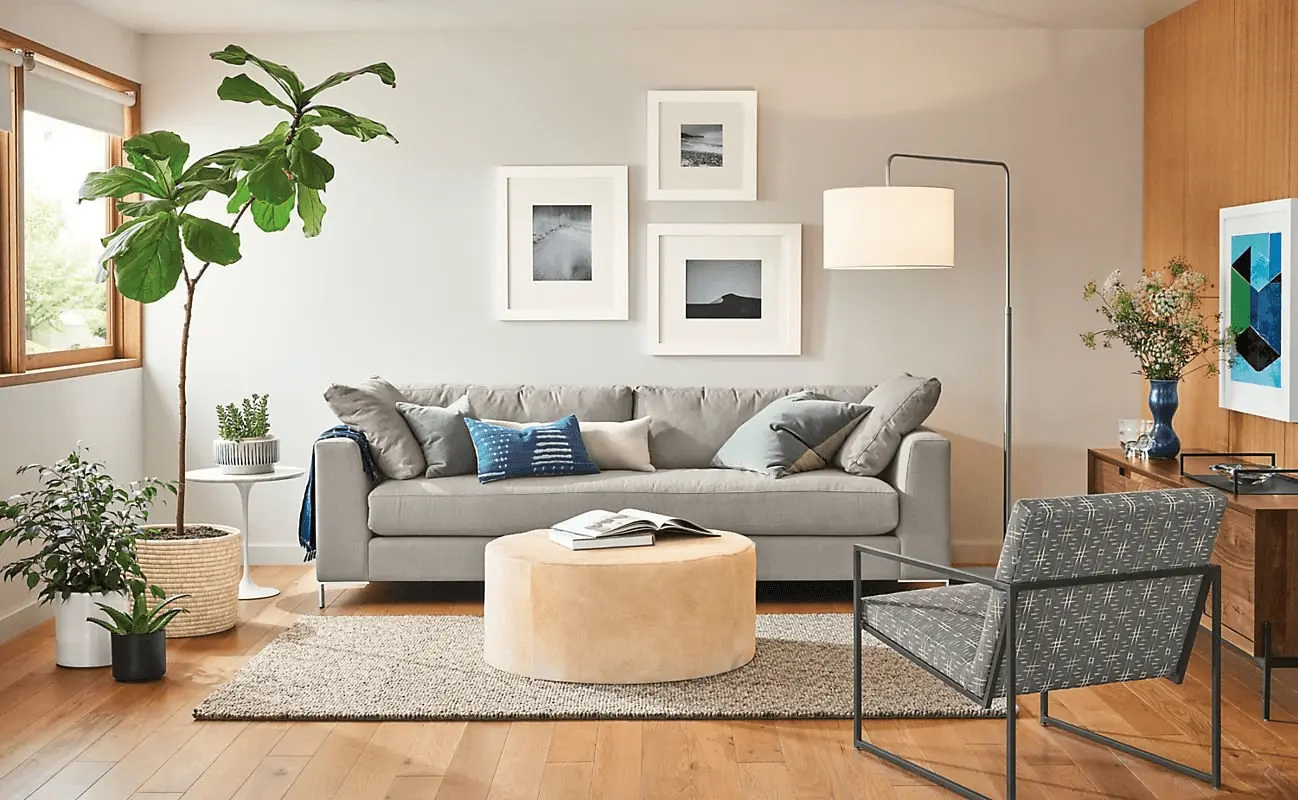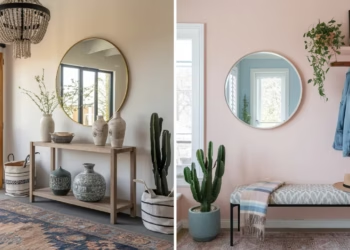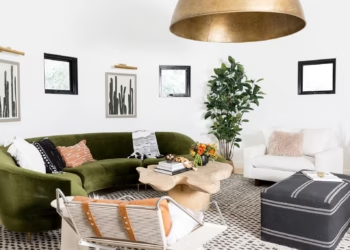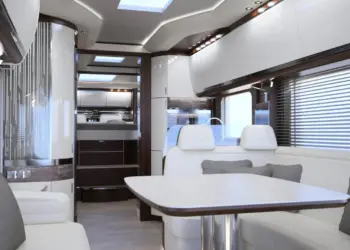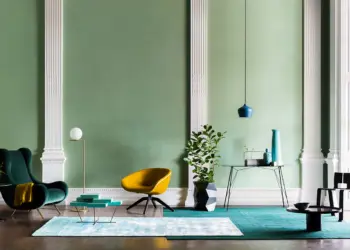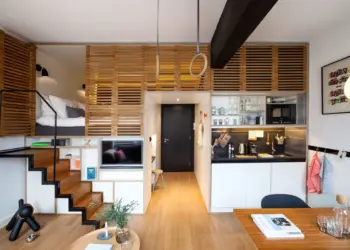In the realm of interior design, the concept of scale holds a pivotal position, significantly influencing the visual dynamics and spatial perception of a designed environment. An in-depth understanding of scale, along with its intricate nuances and implications, is essential for creating well-balanced, visually appealing, and functional interior spaces that resonate with the occupants’ lifestyle and design sensibilities. we’ll delve into the realm of Scale in interior design .
Table of Contents
Defining Scale in Interior Design
Scale, in the context of interior design, refers to the relative size of various elements within a space concerning one another and the space as a whole. It involves the proportionate relationship between different design elements, including furniture, accessories, architectural features, and spatial dimensions, contributing to the overall visual impact and spatial perception within an interior setting.
Importance of Scale Awareness in Design
Developing a keen awareness of scale is crucial for interior designers and homeowners alike, as it directly influences the overall ambiance, functionality, and aesthetic appeal of a space. Effective scale management ensures a harmonious and well-proportioned interior environment that exudes a sense of balance, coherence, and visual equilibrium, creating an inviting and immersive experience for the occupants.
Understanding Scale
Basics of Scale in Interior Design
Understanding the fundamental principles of scale is imperative for devising a comprehensive design strategy that optimizes spatial layout and visual composition. Grasping the basics of scale involves comprehending the relative size of objects in relation to the space they occupy, considering the dimensions of the room and the intended design objectives.
Elements Influencing Perceived Scale
Several factors contribute to the perceived scale within an interior space, including the size and arrangement of furniture, the height of ceilings, the proportions of architectural features, the use of colors and patterns, and the interplay of natural and artificial lighting. Each of these elements plays a pivotal role in shaping the visual perception of scale, influencing the overall spatial experience and ambiance within the designed setting.
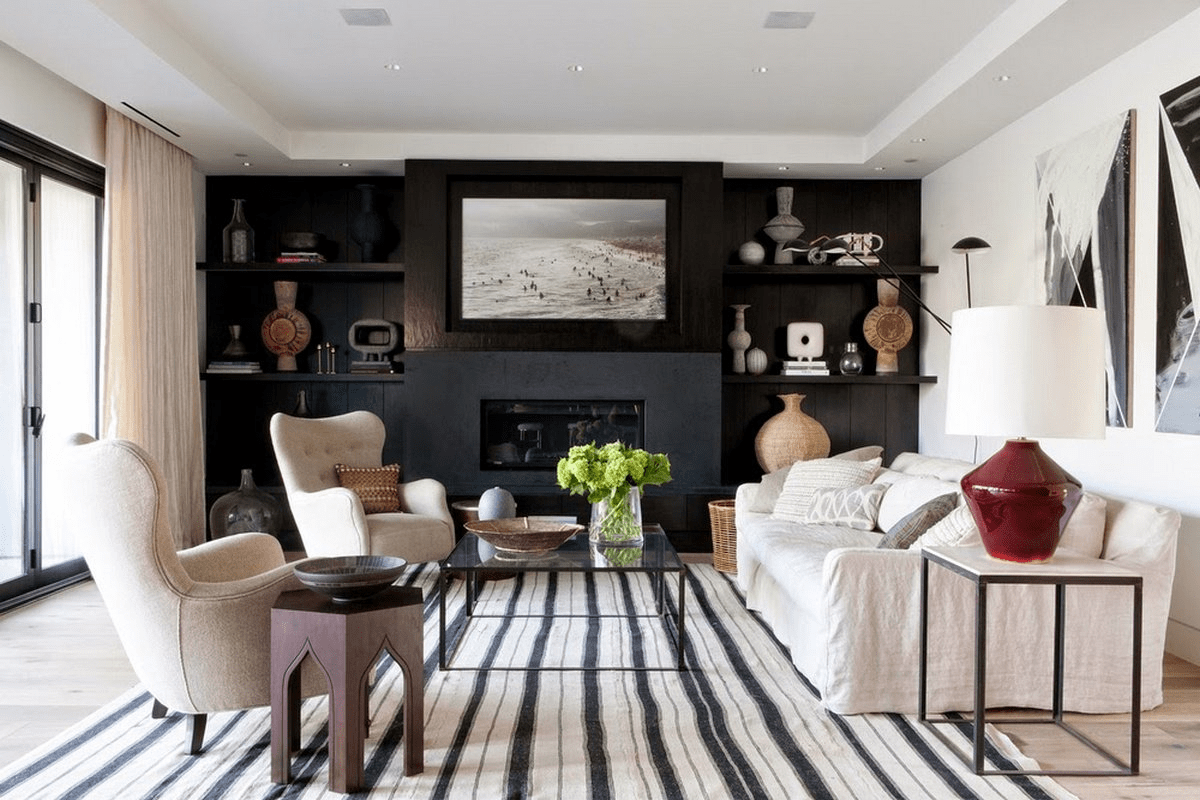
Scale in Different Spaces: Scale in interior design
Applying Scale in Small Spaces: Scale in interior design
In small living spaces or compact rooms, the effective management of scale is crucial to prevent the area from feeling cramped or cluttered. By carefully selecting appropriately sized furniture, incorporating multifunctional design elements, and utilizing space-saving storage solutions, designers can create an illusion of more significant space, enhancing the overall visual appeal and functionality of the area.
Implementing Scale in Large Areas: Scale in interior design
In more expansive interior settings, the strategic integration of scale helps to establish visual focal points, create designated functional zones, and evoke a sense of grandeur and proportion. By introducing oversized furniture pieces, incorporating statement design elements, and emphasizing spatial depth, designers can amplify the visual impact of the room, making it feel inviting and well-balanced without appearing overwhelming or disjointed.
Achieving Balance with Scale in Open-Concept Layouts: Scale in interior design
Open-concept layouts pose unique challenges in terms of scale management, requiring designers to maintain a cohesive and balanced visual flow throughout the interconnected spaces. By utilizing area rugs, room dividers, and varying ceiling heights, designers can delineate distinct functional areas, create a sense of intimacy within the open space, and establish a harmonious connection between different zones, fostering a seamless and well-integrated interior layout.

Visual Tricks for Scale Management: Scale in interior design
Using Colors and Patterns to Manipulate Scale: Scale in interior design
The strategic application of colors and patterns can significantly impact the perceived scale within an interior setting, allowing designers to visually expand or contract the dimensions of a room based on the desired effect. Incorporating light and cool hues, along with subtle and minimalistic patterns, can create an illusion of more abundant space, while the use of dark and warm tones, along with bold and intricate patterns, can instill a sense of intimacy and coziness within the designed environment.
Incorporating Furniture and Accessories for Effective Scale: Scale in interior design
The selection and placement of furniture and accessories play a vital role in establishing the overall scale and proportion within a room. By combining appropriately scaled furniture pieces, integrating multifunctional storage solutions, and incorporating well-proportioned decorative accents, designers can achieve a cohesive and visually appealing interior layout that reflects a careful balance between form and function, catering to the occupants’ diverse lifestyle needs and design preferences.
scale and proportion in interior design
Significance of Proportion in Relation to Scale
Proportion, closely intertwined with scale, refers to the comparative relationship between the various elements in terms of size, shape, and visual weight. A balanced proportion is vital for maintaining the overall visual harmony and coherence within an interior space, ensuring that each design element complements the others and contributes to the holistic design narrative.
Balancing Proportion and Scale for Aesthetic Harmony
Achieving a harmonious balance between scale and proportion involves a meticulous approach to design planning and execution, emphasizing the need for careful consideration of each element’s size, placement, and visual impact. By establishing a consistent and well-aligned design language that prioritizes proportional equilibrium and scale congruence, designers can create a visually striking and aesthetically pleasing interior setting that resonates with the occupants’ style preferences and design sensibilities.
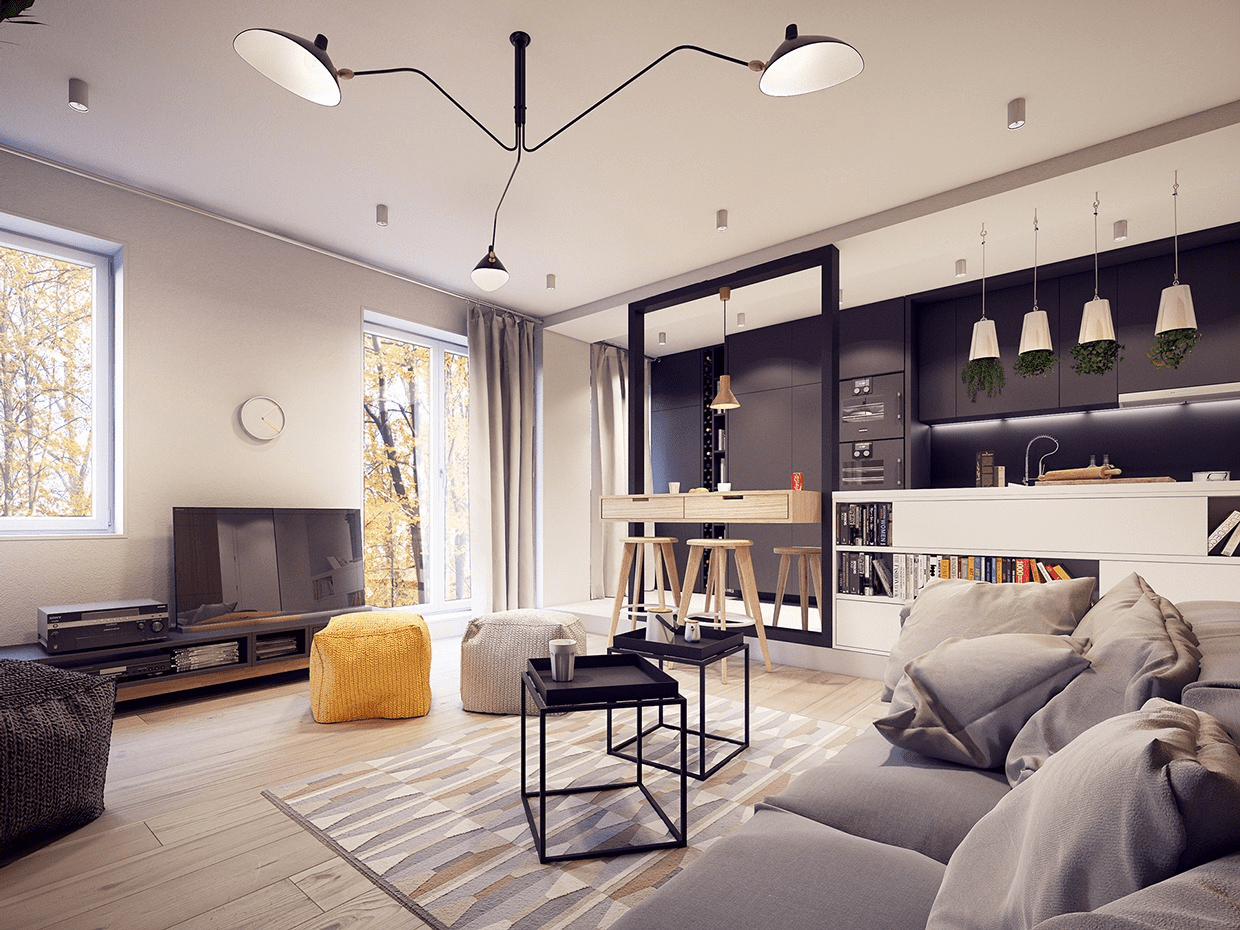
Impact of Scale on Ambiance: Scale in interior design
Creating Intimacy and Coziness through Scale: Scale in interior design
Strategic scale management can foster an intimate and cozy ambiance within a living space, enabling designers to cultivate a warm and inviting atmosphere that promotes relaxation and comfort. By incorporating snug and well-fitted furniture pieces, integrating soft and tactile textures, and incorporating warm and ambient lighting, designers can establish a welcoming and nurturing environment that encourages a sense of tranquility and emotional well-being.
Establishing Grandeur and Elegance with Scale: Scale in interior design
On the other hand, leveraging scale to evoke a sense of grandeur and elegance allows designers to curate luxurious and opulent interior settings that exude sophistication and refinement. By introducing statement furniture pieces, integrating lavish and ornate design elements, and incorporating rich and sumptuous textures, designers can create a visually stunning and visually impactful environment that reflects a sense of grandiosity and timeless elegance, captivating the attention of onlookers and creating a lasting impression.
Common Mistakes in Scale Management
Overlooking Scale in Design Planning
One of the most common pitfalls in interior design involves the oversight of scale considerations during the initial planning stages, leading to ill-proportioned and visually disjointed interior layouts. Designers must prioritize the comprehensive evaluation of scale dynamics and dimensions, ensuring that each design element complements the overall spatial configuration and contributes to a well-balanced and visually cohesive design narrative.
Misjudging the Relationship between Elements
Another prevalent challenge in scale management pertains to the misjudgment of the relationship between different design elements, resulting in a discordant and incongruent visual composition. Designers must exercise careful discernment and attention to detail when selecting and arranging furniture, accessories, and architectural features, maintaining a keen focus on establishing a cohesive and well-proportioned interior setting that harmonizes with the designated design style and aesthetic vision.

Implementing Scale in Different Design Styles
Scale in Modern and Minimalistic Designs
In modern and minimalistic design styles, the strategic use of scale focuses on simplicity, functionality, and visual clarity, emphasizing clean lines, streamlined forms, and uncluttered spatial layouts. Designers leverage the minimalistic approach to scale management by integrating sleek and understated furniture pieces, incorporating neutral and monochromatic color palettes, and emphasizing spatial openness and simplicity, creating a contemporary and unpretentious interior environment that embodies a sense of refined elegance and understated sophistication.
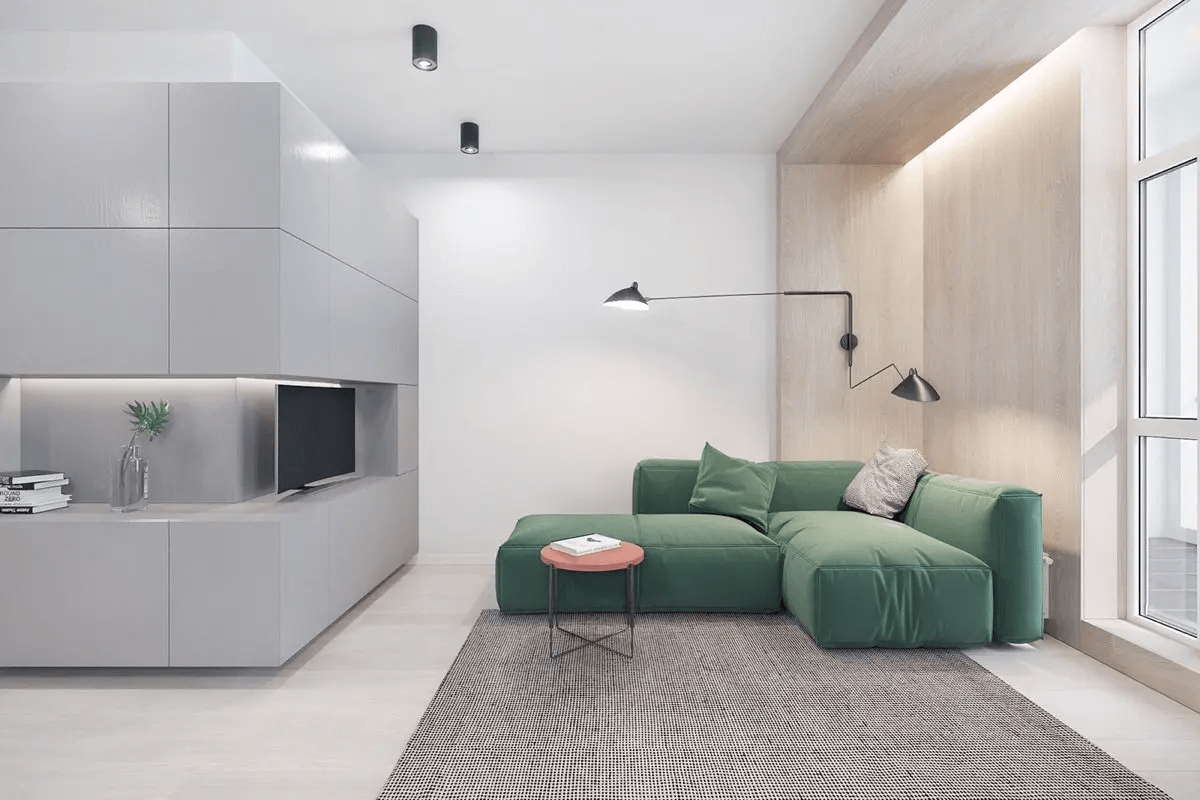
Scale in Traditional and Classic Interior Styles
Contrastingly, traditional and classic interior styles emphasize a more ornate and embellished approach to scale management, incorporating elaborate design elements, intricate architectural details, and rich, luxurious textures. Designers draw inspiration from the opulent and timeless aesthetic of traditional design by integrating intricately carved furniture pieces, incorporating ornamental moldings and trims, and utilizing rich and vibrant color schemes, evoking a sense of regal charm and timeless grandeur within the designed space.

Incorporating Scale in Eclectic and Bohemian Decor
In eclectic and bohemian design approaches, scale serves as a creative and expressive tool for incorporating diverse and unconventional design elements, fostering a sense of artistic freedom and individual expression. Designers embrace the eclectic nature of scale by combining a mix of contrasting furniture styles, integrating an array of vibrant and eclectic patterns, and infusing the space with an assortment of unique and culturally inspired decorative accents, resulting in a visually stimulating and artistically vibrant interior setting that reflects the occupants’ diverse tastes and eclectic lifestyle preferences.
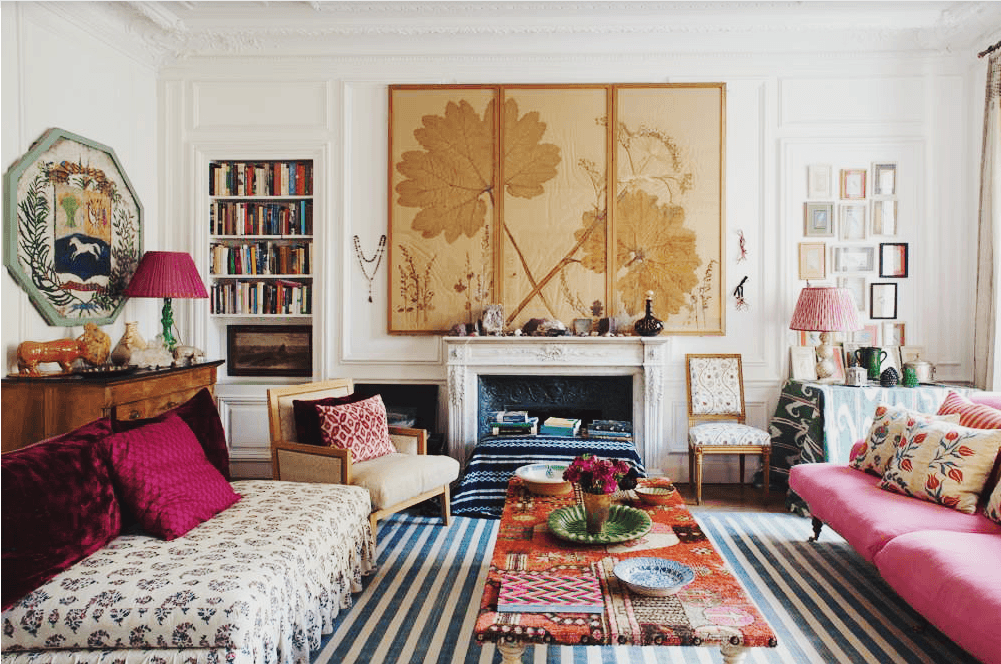
The Role of Lighting in Scale Perception
Using Lighting to Enhance or Minimize Scale
Lighting plays a crucial role in influencing the perceived scale within an interior setting, allowing designers to manipulate the visual dimensions and spatial depth of a room based on the desired lighting effects. By incorporating strategically placed ambient lighting, accentuating focal points with spotlighting, and integrating natural light sources, designers can highlight specific design elements, create visual contrasts, and enhance the overall scale perception within the space, amplifying the room’s visual appeal and immersive ambiance.
Incorporating Natural Light for Scale Enhancement
Leveraging natural light sources to accentuate scale dynamics allows designers to establish a seamless and harmonious connection between the interior space and the surrounding outdoor environment, fostering a sense of openness and spatial continuity. By integrating expansive windows, incorporating translucent window treatments, and utilizing reflective surfaces, designers can maximize natural light penetration, create a sense of visual expansion, and establish a balanced and naturally illuminated interior environment that exudes a refreshing and inviting aura, promoting a connection with the natural world and instilling a sense of vitality and rejuvenation.

FAQs
What is scale in design?
In design, scale refers to the size of objects in relation to one another and to the space in which they are located, ensuring visual harmony and proportion.
What is the scale of a room?
The scale of a room refers to the size of the room’s elements in relation to the room’s overall dimensions, contributing to the visual balance and coherence of the space.
How can I determine the appropriate scale for my living room furniture?
Determining the appropriate scale for living room furniture involves evaluating the room’s dimensions, considering the occupants’ lifestyle needs, and prioritizing functional comfort and aesthetic appeal. We recommend conducting a thorough assessment of the available space, measuring the furniture dimensions, and visualizing the furniture layout to ensure optimal spatial utilization and proportional equilibrium within the room.
What is scale and proportion balance in interior design?
Scale and proportion balance in interior design involve maintaining a harmonious relationship between different elements in a space, ensuring that they complement each other and the overall design concept.
What is the 60 40 rule in interior design?
The 60-40 rule in interior design suggests that a space should have a dominant element (60%) and a secondary element (40%) to achieve a balanced and visually appealing design.
How can I incorporate scale to create a cozy reading nook in my living space?
To create a cozy reading nook, you can incorporate an appropriately scaled armchair or chaise lounge, complemented by soft and plush upholstery, a warm and ambient table lamp, and a selection of decorative throw pillows and blankets. By establishing a well-defined and snug reading corner, you can cultivate a tranquil and inviting atmosphere that encourages relaxation and fosters a sense of personal retreat and leisure within your living space.
What is the 80-20 rule interior?
The 80-20 rule in interior design indicates that roughly 80% of the design should consist of neutral or primary colors, while the remaining 20% can be bold or accent colors to create visual interest and balance.
What is the 70 30 rule in design?
The 70-30 rule in design implies that approximately 70% of a space should be dedicated to the dominant design element, while 30% can be allotted to secondary or complementary design elements for achieving a balanced and visually appealing composition.
